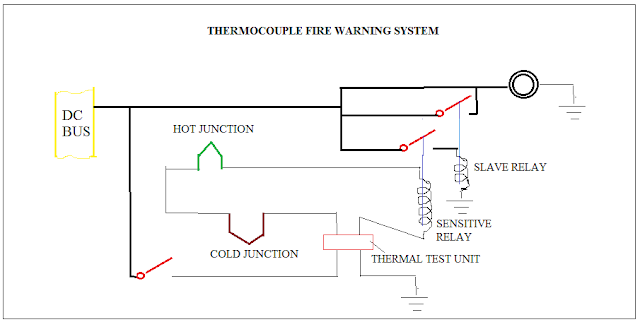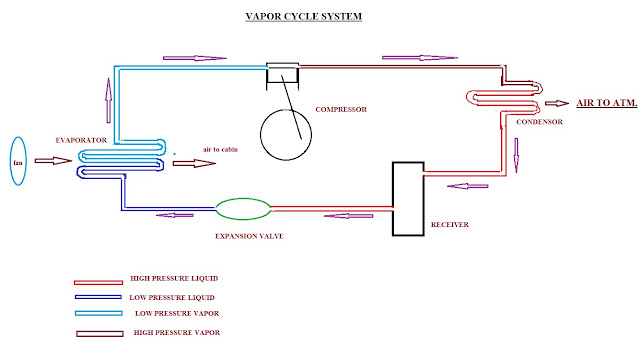Magnus effect - Fan wing Aircraft
What is Magnus
effect?
The flow over a rotating
cylinder can explain the Magnus effect better. The cylinder rotates in one
direction. The flow gets high velocity in the upper half and hence less
pressure. Bottom half is rotating in opposing fashion to the free stream air
flow, hence air molecules going around the region gets less velocity and hence
high pressure.
The high pressure goes to compensate the less pressure, then lift gets produced. The
theory of production of lift from the rotating cylinder is what known to be
Magnus effect.
What is fan wing
aircraft?
Please
have a read on Bernoulli’s law for better understanding of answer.
Fan
wing aircraft is the one which produces lift primarily from the rotation of cylinder
located in the wing span. It works based on the Magnus effect.
The
fan part rotates. The angular velocity of the fan accelerates the linear
velocity of air molecules passing over top surface of the fan wing aerofoil.
Thus in the top surface less pressure zone has been created.
The
air going through the bottom of the aerofoil is not influenced by the angular
velocity of the fan, thus the bottom facing less velocity and high pressure.
High
pressure goes to compensate the less pressure, hence lift gets produced.
What is the
difference between a conventional and fan wing?
A
conventional wing can generate less amount of lift than a fan wing for the same
input.
Short
runway is enough to takeoff for fan wing aircraft.
Critical
angle of attack is high for fan wing. To know what is critical angle of attack click here. That means we can go for higher angle of attack
than a conventional wing since the air flow is forcibly attached over the
aerofoil surface.
For
the detailed difference refer the illustration given below. Click on the image
to see the full size.






hello, i was wondering if there is any detailed info about the design of the fan wing and materials ??
ReplyDeleteThis comment has been removed by the author.
ReplyDelete